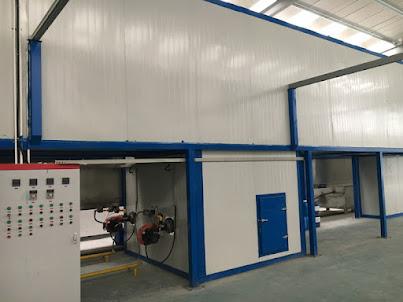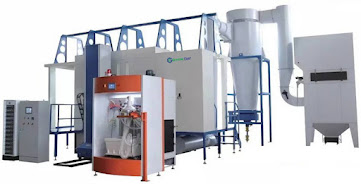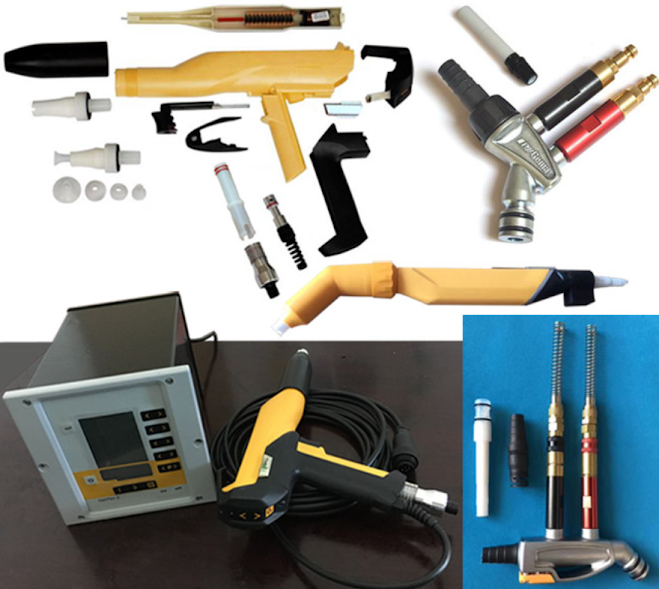What Are The Benefits Of Powder Coating Oven?
Powder coating applies a protective barrier to an object to guard it against atmospheric impacts. In some instances, industrial powder coating oven are utilized for decorative purposes. This powder coating technique in the oven is suited to several types of metals. It will give the metal a more stunning finish, making it more resilient and durable. The use of a protective coating is significant given the situations in which metal objects are regularly exposed.
Undone metal alloys are subject to a broad range of chemistry-dependent corrosive phenomena that can restrict their service and performance longevity. For example, iron particles disclosed to oxidation and moisture will slowly succumb to rust unless alloyed with adequate levels of anti-corrosive elements such as chromium or safeguarded with a functional coating. Galvanized and stainless steels depict the two primary metal types developed for anti-corrosive properties, but each of these can submit to more complicated corrosive phenomena like chlorine pitting. Before the inception of the powder coating booth and oven, the best way to equalize this was via texture treatment such as conventional painting or spray coating.
Benefits Of Powder Coating Oven
Powder-coating ovens have become a valuable option to traditional painting techniques with many advantages for generating highly functional metal elements with outstanding surface characteristics and corrosion-resistant properties. The benefits of powder coating curing oven are:
Solvent-Free Surface Protection
Powder coating ovens scheme a free-flowing stream of charged powder particles to a substrate before curing at moderately low temperatures. This powder stream is solvent-free and dry, assuring compliance with EPA (Environmental Protection Agency) laws regarding VOC emission (Volatile Organic Compounds).
Enhanced Optical Regularity
Paint frequently exhibits optical deviations depending on the direction of application. By comparison, industrial powder coating oven commonly imparts little to no visual discrepancies between horizontal and vertical planes of application. This assures the highest optical uniformity for coatings with good color retention and gloss.
Higher Throughput
Powder coating ovens generally need significantly reduced curing times to the drying duration of liquid paints. It also eschews the critical preparatory phases of paint preparation, such as thinning and mixing. This indicates significant cost-savings in increased throughput manufacturing settings.
Specialty Capabilities
Liquid coatings are incredibly limited in terms of functionalities. As well as furnishing a corrosion-resistant synthetic skin, powder coatings can be planned for a range of extra capabilities. Relying on the chemistry of the user powders, electrostatic coatings can enhance the chemical and mechanical performance of the substrate while delivering good electrical insulation capacities.
Thicker And Uniform Coatings
A weakness of liquid coating is the propensity towards aesthetic and topographical shortcomings with thicker coatings. Powder coating curing oven generally uses electrostatic techniques to ensure optimal bonding between metallic substrate and powder particles. In spray painting, the lowermost layer of paint readily connects to the substrate, which can result in subsequent layers running. This issue is eradicated in powder coating.






Comments
Post a Comment